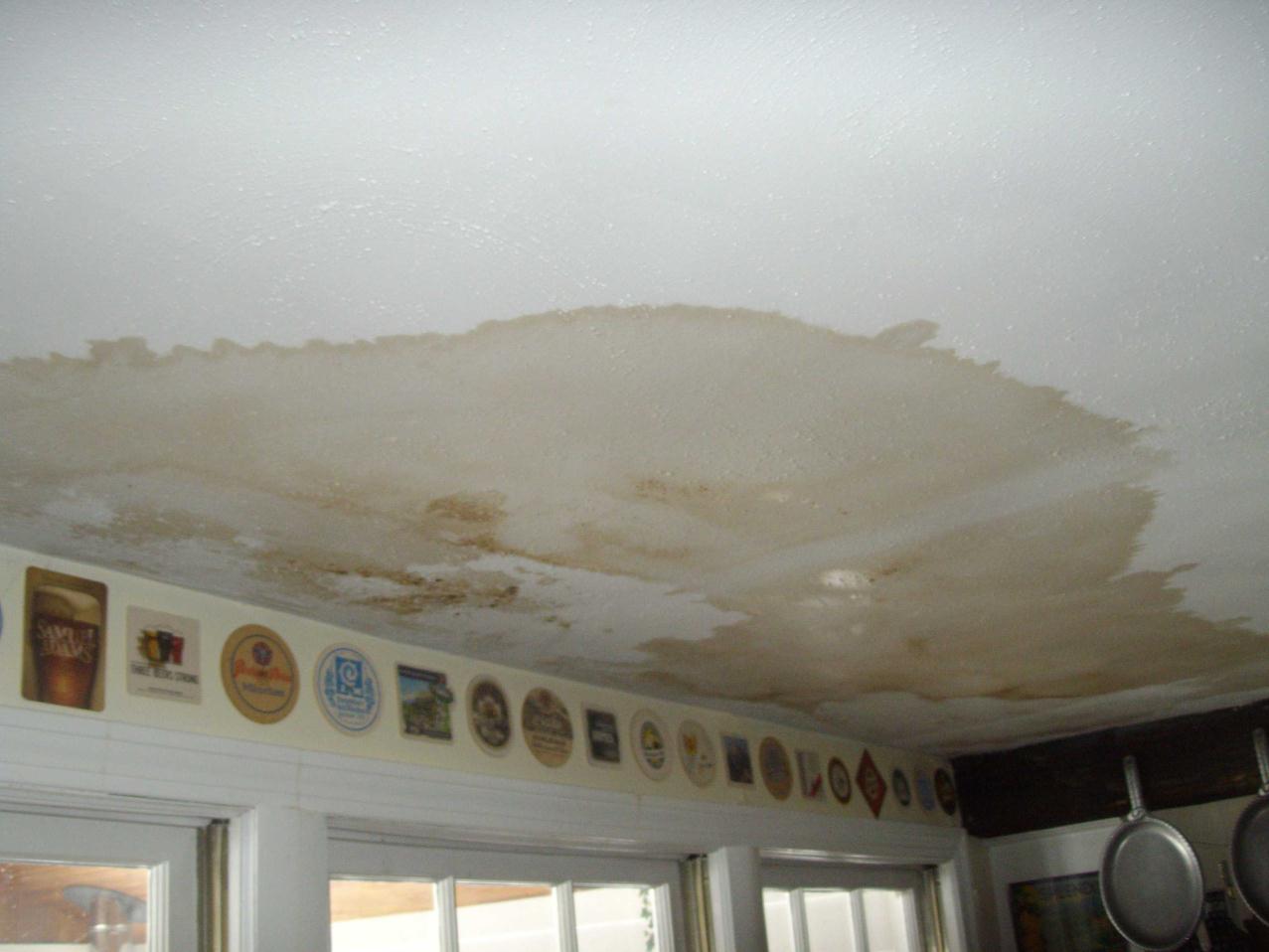6 Water Damage Remediation Do's and Don'ts.
6 Water Damage Remediation Do's and Don'ts.
Blog Article
They are making a number of good annotation on Fire And Water Damage Prevention as a whole in this content on the next paragraphs.
Water offers life, water intrusion on parts where it's not intended to be can result in damage. If the water saturates right into your structure, it can peel away surface areas and also erode the foundation. Mold and mildew and also mold additionally flourish in a wet environment, which can be dangerous for your wellness. Residences with water damages scent old and also stuffy.
Water can come from many resources such as tropical storms, floods, burst pipelines, leakages, as well as sewer concerns. In case you experience water damage, it would be excellent to understand some safety preventative measures. Here are a couple of guidelines on just how to take care of water damage.
Do Prioritize Residence Insurance Coverage Coverage
Water damages from flooding because of hefty winds is seasonal. You can also experience an unexpected flooding when a defective pipeline all of a sudden bursts right into your residence. It would be best to have residence insurance that covers both acts of God such as natural catastrophes, and also emergency situations like busted plumbing.
Don't Forget to Switch Off Energies
In case of a disaster, especially if you live in a flood-prone area, it would be advisable to turn off the major electric circuit. This removes power to your entire home, avoiding electrical shocks when water comes in as it is a conductor. Moreover, don't forget to switch off the primary water line valve. When floodwaters are high, furniture will walk around as well as cause damages. Having the primary shutoff turned off prevents additional damage.
Do Keep Proactive and Heed Climate Alerts
Storm floodings can be really unpredictable. Remain prepared as well as positive if there is a background of flooding in your area. Pay attention to discharge cautions if you live near a lake, creek, or river . Take out valuables from the ground floor and cellar, after that put them on the highest feasible degree. Doing so lowers possible residential or commercial property damages.
Do Not Neglect the Roof
You can prevent rainfall damage if there are no holes as well as leakages in your roof covering. This will certainly protect against water from flowing down your walls and soaking your ceiling.
Do Pay Attention to Little Leakages
A ruptured pipeline doesn't occur over night. Typically, there are warnings that show you have actually damaged pipelines in your house. As an example, you might discover bubbling paint, peeling off wallpaper, water touches, water spots, or trickling audios behind the wall surfaces. Eventually, this pipeline will certainly rupture. Ideally, you must not wait for points to escalate. Have your plumbing repaired before it causes large damage.
Do Not Panic in Case of a Ruptured Pipe
When it comes to water damage, timing is crucial. Therefore, if a pipeline ruptureds in your residence, quickly closed off your major water shutoff to reduce off the resource. Call a credible water damages repair expert for help.
Water provides life, water intrusion on parts where it's not expected to be can result in damage. Residences with water damages odor mildewy and old.
Water damages from flood charges to heavy winds is seasonal. You may notice gurgling paint, peeling off wallpaper, water touches, water spots, or dripping sounds behind the wall surfaces. When it comes to water damage, timing is key.
Some Do's & Don't When Dealing with a Water Damage
DO:
Make sure the water source has been eliminated. Contact a plumber if needed. Turn off circuit breakers supplying electricity to wet areas and unplug any electronics that are on wet carpet or surfaces Remove small furniture items Remove as much excess water as possible by mopping or blotting; Use WHITE towels to blot wet carpeting Wipe water from wooden furniture after removing anything on it Remove and prop up wet upholstery cushions for even drying (check for any bleeding) Pin up curtains or furniture skirts if needed Place aluminum foil, saucers or wood blocks between furniture legs and wet carpet Turn on air conditioning for maximum drying in winter and open windows in the summer Open any drawers and cabinets affected for complete drying but do not force them open Remove any valuable art objects or paintings to a safe, dry place Open any suitcases or luggage that may have been affected to dry, preferably in sunlight Hang any fur or leather goods to dry at room temperature Punch small holes in sagging ceilings to relieve trapped water (don't forget to place pans beneath!); however, if the ceiling is sagging extremely low, stay out of the room and we'll take care of it DO NOT:
Leave wet fabrics in place; dry them as soon as possible Leave books, magazines or any other colored items on wet carpets or floor Use your household vacuum to remove water Use TV's or other electronics/appliances while standing on wet carpets or floors; especially not on wet concrete floors Turn on ceiling fixtures if the ceiling is wet Turn your heat up, unless instructed otherwise

We had been shown that editorial about Fire And Water Damage Prevention through a good friend on another blog. For those who enjoyed our blog posting plz be sure to share it. I take joy in reading our article about Fire And Water Damage Prevention.
Report this page